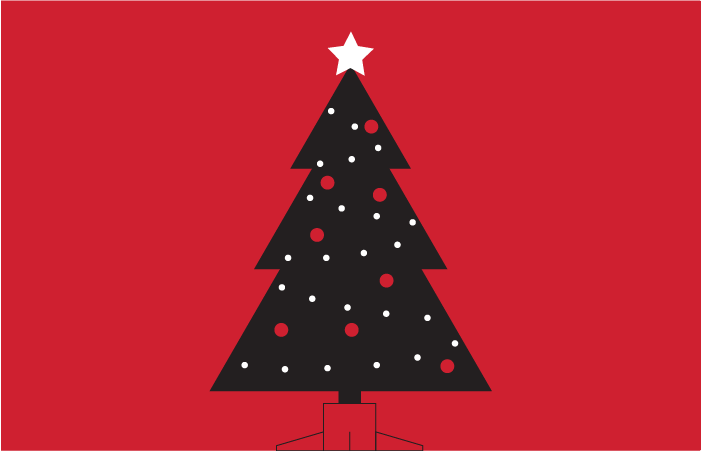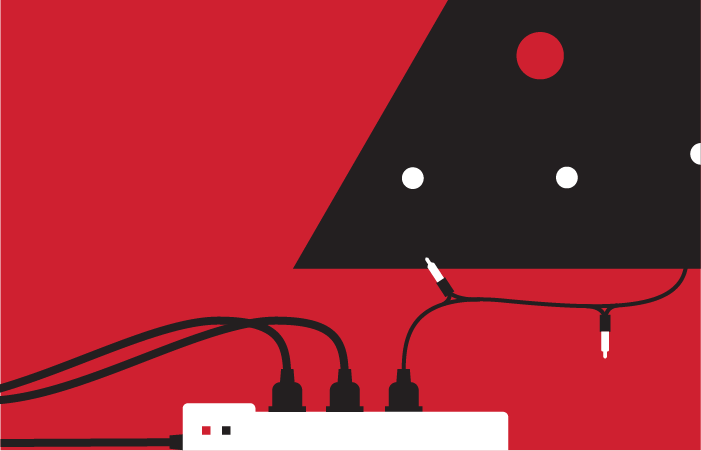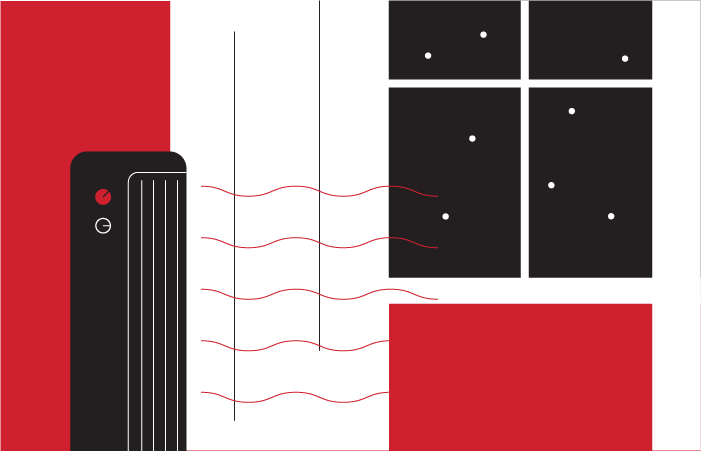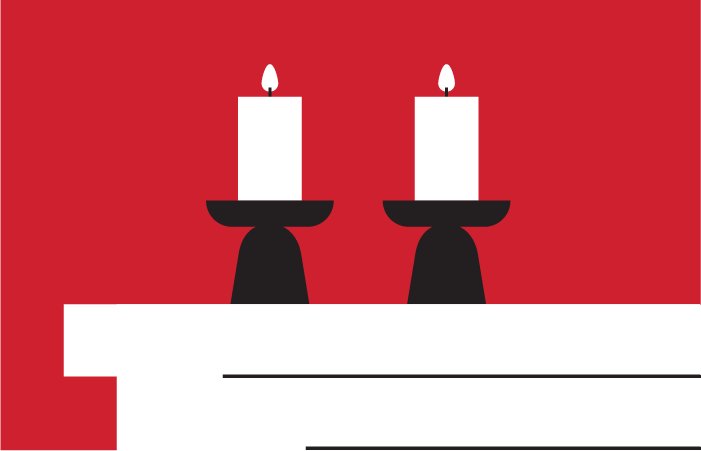Article Post
Top 5 Potential Fire Hazards During the Holiday Season
December 1, 2020

Every year, Origin and Cause sees an increase in fire investigation during the winter holiday season. In Alberta, fire-related deaths in homes double compared to the rest of the year.1 While, according to reports from the United States Fire Administration (USFA), winter holiday fires are more severe than those during the rest of the year across all loss measures.2
Christmas Trees
Although Christmas tree fires are not common, when they do occur, they are more damaging and more likely to be deadly other fires. According to the NFPA, on average, one of every 32 home fires started by Christmas trees result in death.3
It’s important to buy a fresh tree, watering it daily and keeping it away from any ignition source, such as a fireplace, heaters or candles.
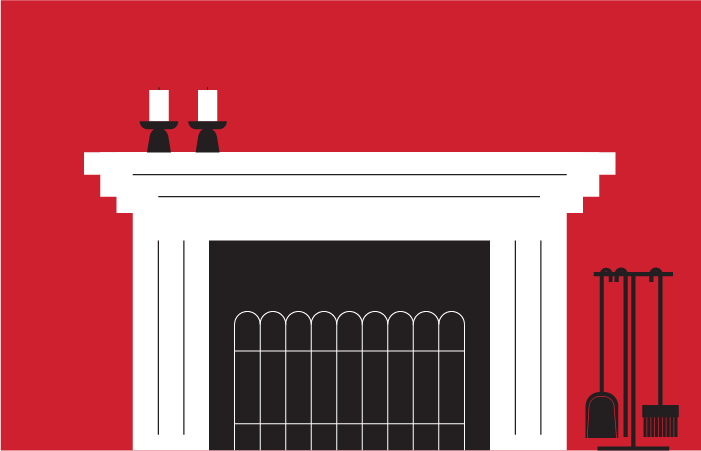
Fire Places
When it’s time to get rid of your tree, never burn it in a fireplace or wood stove. Pines, firs and other evergreens have a high content of flammable turpentine oils.4 The rapid burning and excessive heat can damage the firebox and chimney, creating a serious fire hazard.
Make sure to use a screen and burn only material appropriate for a fireplace. And when clearing out the fireplace, allow the ashes to cool before putting them in a metal container and storing them at a safe distance from your home.
Lights, Extension Cords and Power Bars
Between 2014-2018, electrical distribution or lighting equipment was involved in almost half (45%) of home Christmas tree fires.5
Use lights that have the mark of an accredited certification agency such as CSA, cUL or cETL and choose the right light for the job: Light strings and other decorations are rated for indoor or outdoor use. Make sure all string lights, extension cords and power bars are in good working order, replacing any that show signs of wear, and do not exceed the recommended wattage or overload electrical outlets.
Space Heaters
Space heaters are the leading cause of home heating fires and play an outsize role in igniting fires that result in injuries and death.6
Space heaters should be placed a minimum of three feet away from combustibles, such as Christmas trees, upholstered furniture, curtains, clothing, mattresses or bedding.
Candles
It is estimated that candles were responsible for an average of nearly 800 candle fires in Canada each year between 1999 and 2008, with a yearly average of 8 fire deaths, 115 fire injuries and $26.2 million in property damage.7 Candle fires occur most often during holidays and special occasions.
Keep candles in sturdy holders on a stable surface, well away from curtains, trees or any other potentially flammable objects. Never leave burning candles unattended, and always keep out of reach of children.
1. Office of the Fire Commissioner, “Winter Holiday Fire Safety Are you ready for a safe holiday?,” http://www.ofc.alberta.ca/documents/Winter_Holiday_Fire_Safety_Kit.pdf. Accessed December 14, 2020.
2. Electrical Safety Foundation International, “Holiday Data and Statistics,” https://www.esfi.org/resource/holiday-data-and-statistics-359#:~:text=On%20average%2C%20260%20home%20fires,in%20property%20damage%20each%20year. Accessed December 14, 2020.
3. National Fire Protection Association, “Home Christmas Tree Fires,” https://www.nfpa.org/-/media/Files/News-and-Research/Fire-statistics-and-reports/Fact-sheets/ChristmasTreeFactSheet.ashx. Accessed December 14, 2020.
4. US Department of Agriculture Forest Service, “Christmas Tree Recycling,” https://www.fs.usda.gov/detail/r2/recreation/?cid=stelprd3826466. Accessed December 14, 2020.
5. National Fire Protection Association, “Christmas Tree Fires,” https://www.nfpa.org/-/media/Files/News-and-Research/Fire-statistics-and-reports/US-Fire-Problem/Fire-causes/osChristmasTrees.pdf. Accessed December 14, 2020.
6. National Fire Protection Association, “Home Fires Involving Heating Equipment,” https://www.nfpa.org//-/media/Files/News-and-Research/Fire-statistics-and-reports/US-Fire-Problem/Fire-causes/osHeating.pdf. Accessed December 14, 2020.
7. Government of Canada, “Candle Safety,” https://www.canada.ca/en/health-canada/services/healthy-living/your-health/products/candle-safety.html. Accessed December 14, 2020.
